React Lesson 3: Exploring the React Component Lifecycle
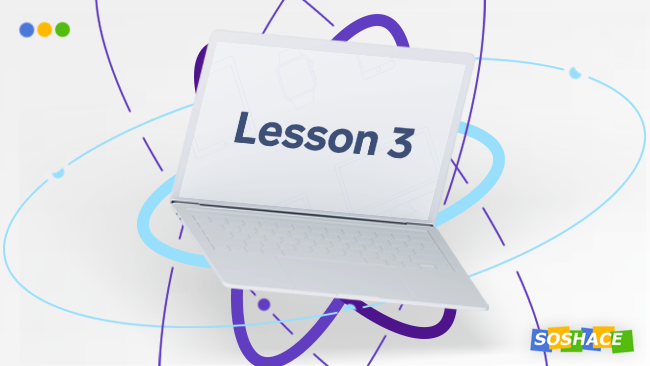
In this article, we'll explore the inner workings of the component lifecycle in React — how does it work? How can you utilize it? Let's find out!

In this article, we'll explore the inner workings of the component lifecycle in React — how does it work? How can you utilize it? Let's find out!

If you're looking at the conferences to attend in 2020, this is the full list for you (minus November/December 2020, because those have not been announced yet, so check it back later for those).

You probably already knew about this option when following the Apollo Docs, maybe you’ve even built apps with it. This article aims to give you a little taste of how to use GraphQL queries with an Apollo server to manage the state of your App.
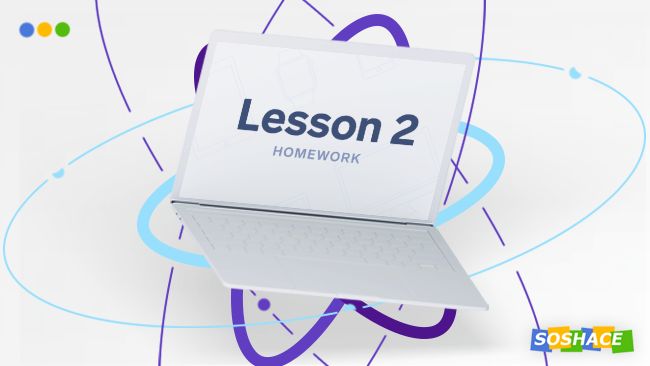
Let's check our home task. The main reason of using React lies in the ability to create components based on your functionality set, i.e. to divide the whole app into small independent parts.
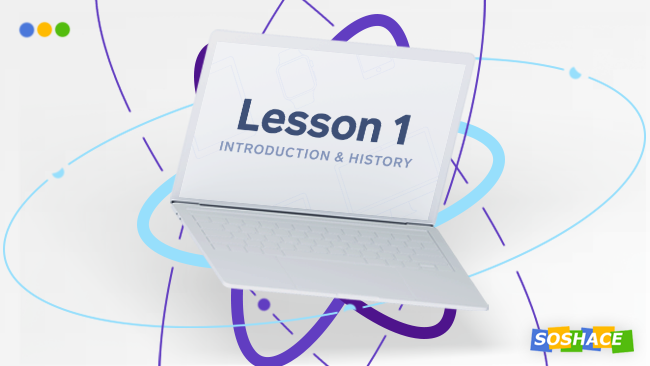
In our first React lesson, we explore the importance of modern front-end frameworks and why we need to use them in the web development process.
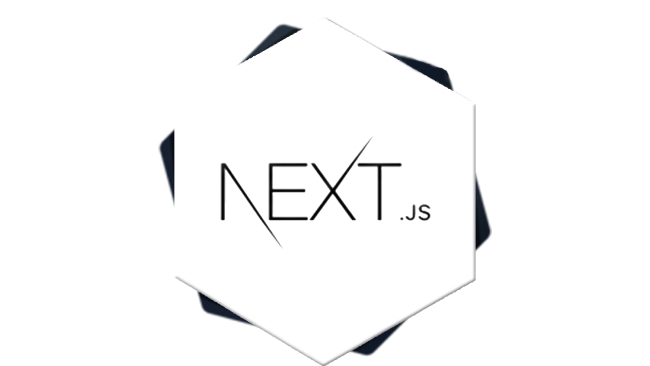
In this article, we’ll tackle one of those solutions, namely NextJS, cover the differences between NextJS and other available frameworks, answer some frequently asked questions about NextJS, as well as help you get started with this framework.
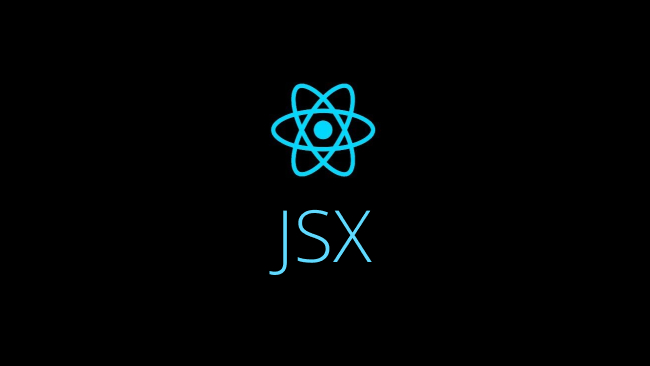
Let's talk about the JSX as opposed to HTML. We'll brush over the basics of JSX, overview the main differences between JSX and HTML, and finish with some frequently asked questions about particular issues often encountered when writing JSX.
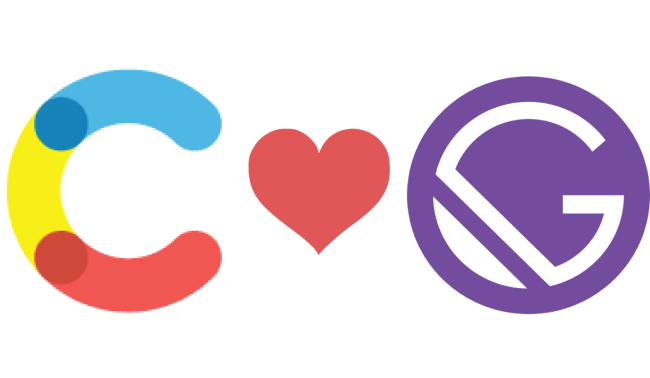
In this article, we'll explain how to integrate Contentful, a CMS with a blog built with Gatsby, a fast framework based on React.
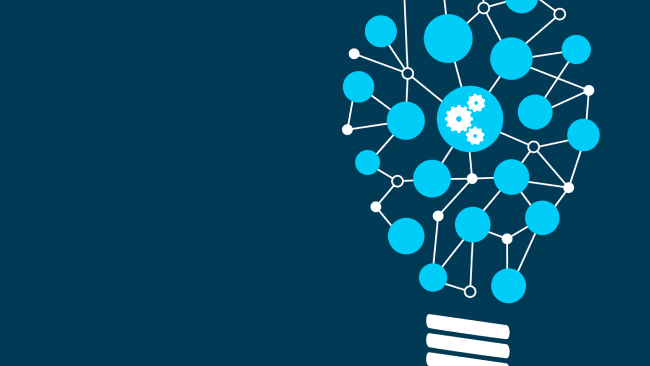
In this piece, we’ll concentrate on machine learning, languages involved, and look at the TOP 11 Machine Learning & Data Science libraries that are written in JavaScript.
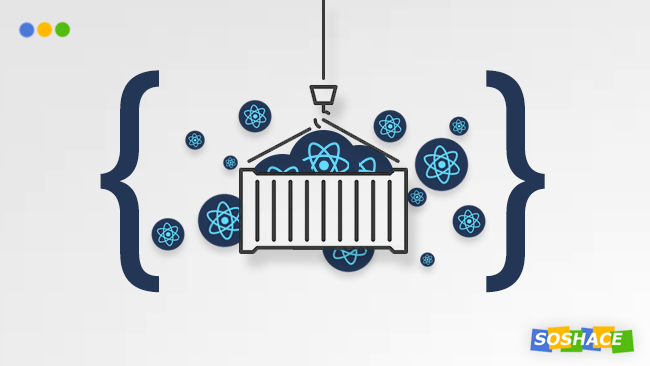
React provides a number of powerful patterns to compose components; for example, Containment, Specialization, and Render Props. Today we’ll dive into the Containment pattern which, on the surface, looks like an easy-to-understand interface — but the example provided in React docs doesn't have an explicit explanation of how to pass data from the parent container to its children.